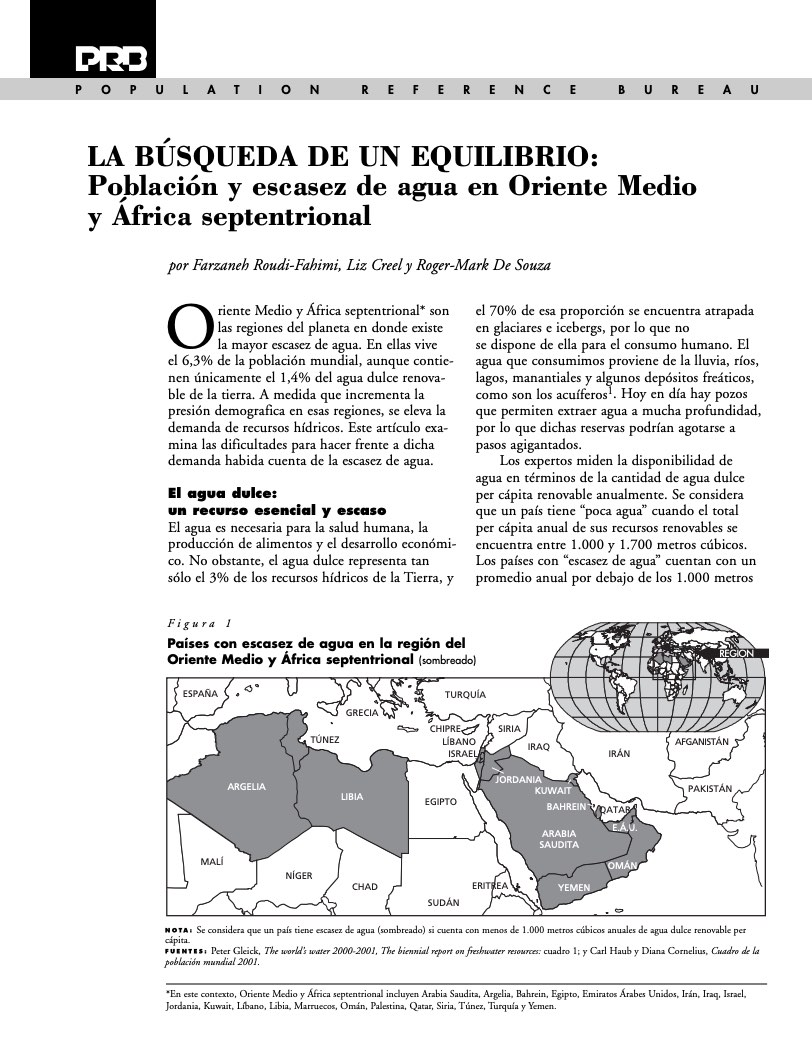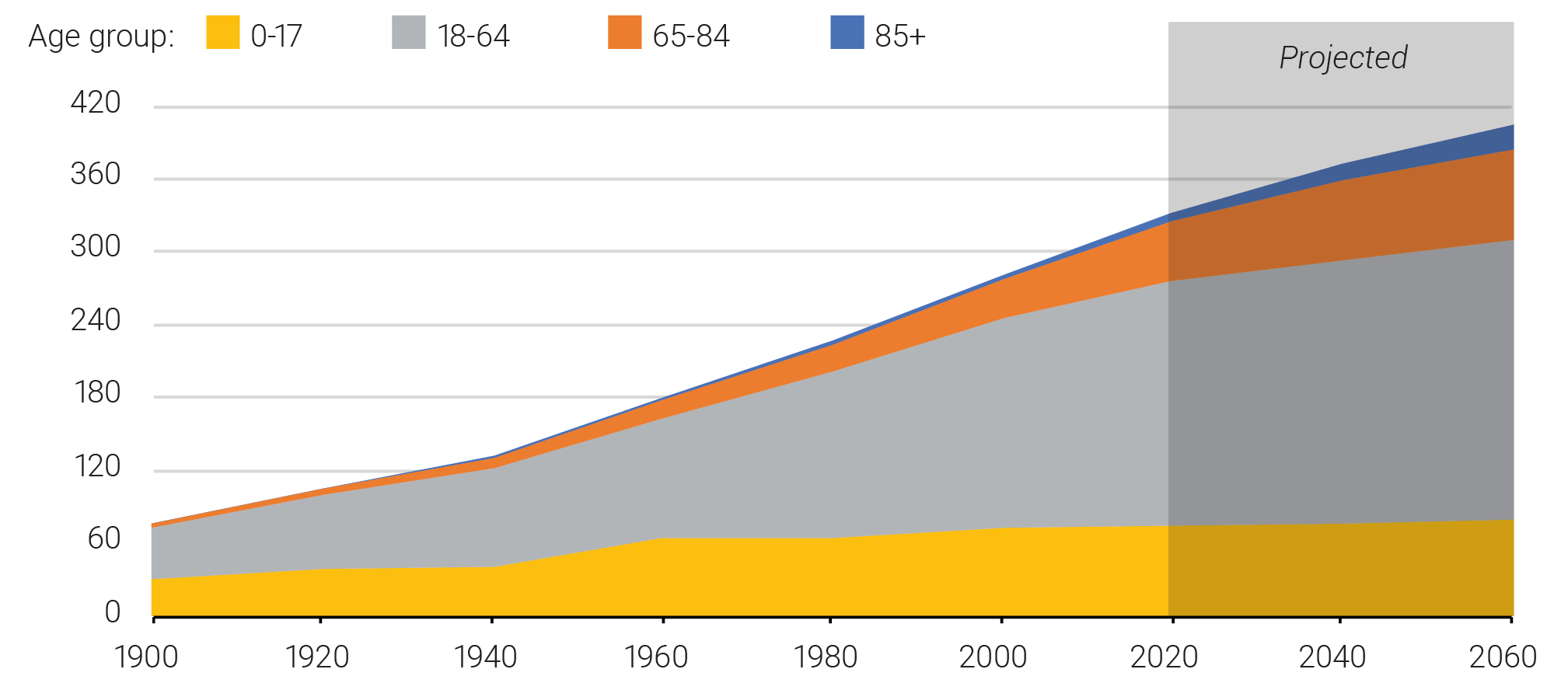666 Search Results Found For : "파주데이트대행비용【TALK:za32】www.za32.net#천호동출장샵천호동출장안마천호동콜걸샵"

Project: PACE: Policy, Advocacy, and Communication Enhanced for Population and Reproductive Health
Webinar: Addressing Gender Through Integrated Population, Health, and Environment Approaches
Collecting, analyzing, and using gender-related indicators in projects is critical to addressing many of the underlying challenges that communities around the world face, particularly in integrated Population, Health, and Environment (PHE) projects.
PRB Discuss Online: Gender-Based Violence in the Congo
(2010) A new study conducted in the eastern Democratic Republic of the Congo (DRC) has revealed that perpetrators and victims of high rates of sexual gender-based violence in the region include large numbers of both men and women and are associated with increased post-traumatic stress disorder and depression, as well as physical health outcomes.

Report. Población y escasez de agua en Oriente Medio y África septentrional
(2002) The Middle East and North Africa (MENA)* is the most water-scarce region of the world. Home to 6.3 percent of the world's population, the region contains only 1.4 percent of the world's renewable fresh water.

The U.S. Population Is Growing Older, and the Gender Gap in Life Expectancy Is Narrowing
The current growth of the population ages 65 and older is unprecedented in U.S. history and has important implications for policymakers.
Finding the Balance: Population and Water Scarcity in the Middle East and North Africa
(2002) The Middle East and North Africa (MENA)* is the most water-scarce region of the world. Home to 6.3 percent of the world's population, the region contains only 1.4 percent of the world's renewable fresh water.
No One-Size-Fits-All Path to a Secure Retirement for U.S. Elderly
(2014) Is there a retirement crisis, or are older Americans preparing adequately for their "golden years"?
Pakistan’s Historic Floods Threaten Progress in Maternal and Child Health
At least 16 million Pakistanis have had to leave their homes because of historic monsoon rains that flooded a large swath of the country.1 The UN estimates the flooding has caused the deaths of 1,600 people, but the worst health effects are still ahead.
